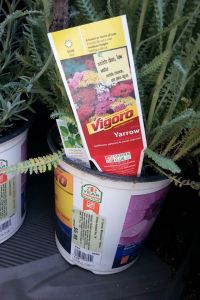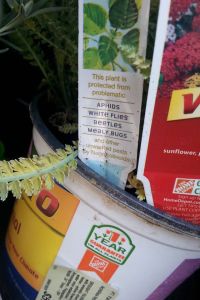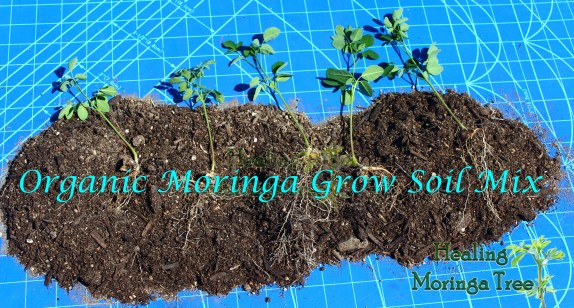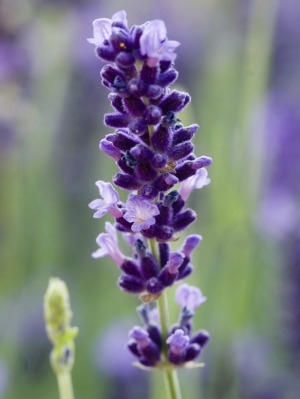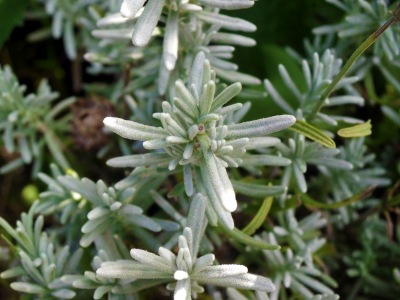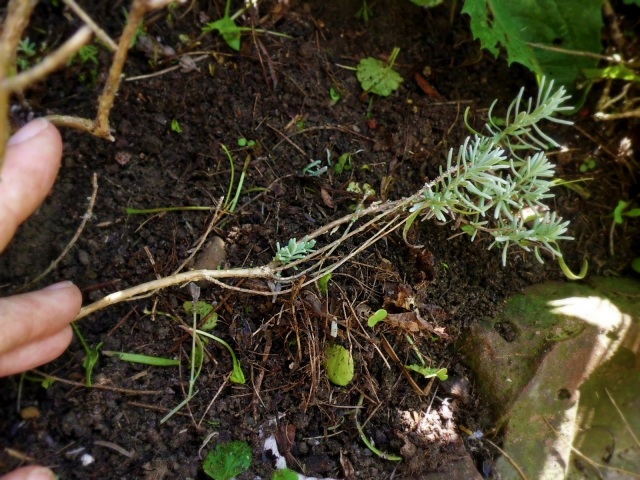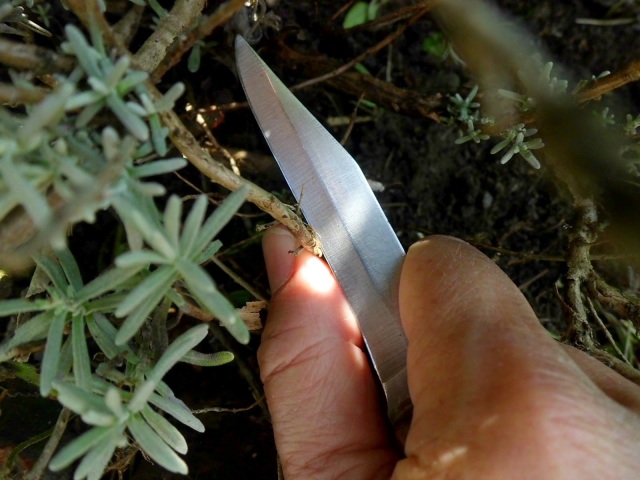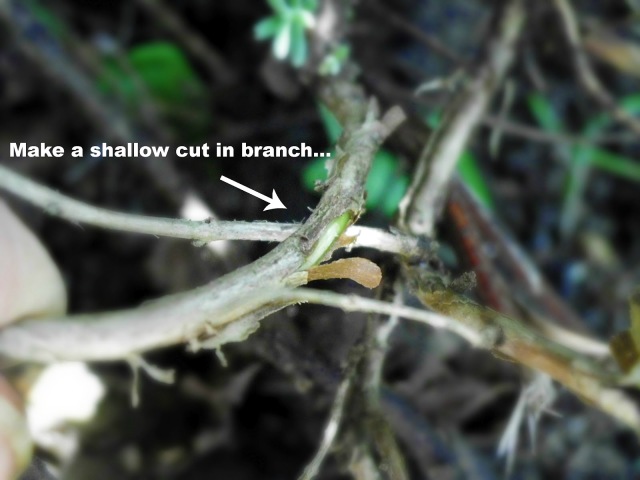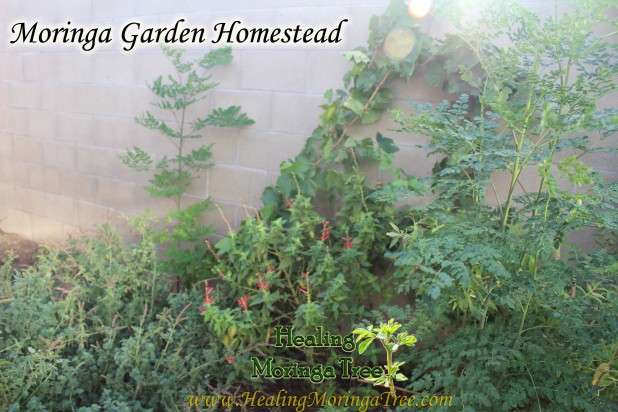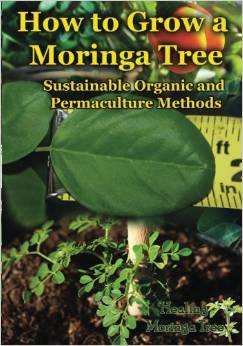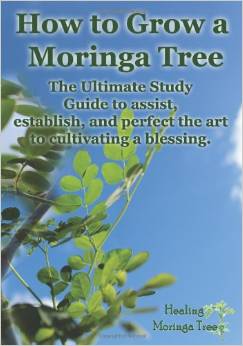Soil Organisms Improve Garden Tilth
Rather than being an inert material, soil houses a dynamic living ecosystem. The 1-5% oforganic matter found in soils includes 0.2% of living organisms. Although most soil organisms are invisible to the naked eye, they help gardeners in multiple ways. One major benefit to gardeners is their ability to help improve soil tilth. Soil tilth is the suitability of a soil to support plant growth, especially as it relates to ease of tillage, fitness for a seedbed, impedance to seedling emergence and root penetration. Soil organisms also play a central role in making nutrients available to plants. The community of soil organisms is varied, versatile, and adaptable to changing conditions and food supplies.
Types of Soil Organisms
Soil contains an enormous number of living organisms including bacteria, protozoa, fungi, nematodes and arthropods. [Table 1]
Table 1.
Organisms typically found in one cup of undisturbed native soil |
|
Organism
|
Number
|
|
Bacteria
Protozoa
Fungi
Nematodes
Arthropods
|
200 billion
20 million
100,000 meters
100,000
50,000
|
Soil organisms are naturally active during certain times of the year. Most are active when the soil is warm and moist, like during late spring and early summer. If the soil dries out during the summer months, soil organism activity naturally declines. During fall, if there is rain or snow that moistens the soil while it is still warm, soil organisms may resume partial activity. As the soil cools in the fall, many soil organisms go dormant. Gardeners should note that fertilizers that require processing by soil organisms will be more available to plants when the soil is warm and moist and less available when the soil is cool or dry.
Despite their small size, soil organism activities have a large influence on plant growth. Soil organisms can be grouped into three categories: 1) organisms that are beneficial to plants—directly or indirectly, 2) neutral organisms—those whose activities have no affect on plants, and 3) organisms that are harmful to plants. Harmful organisms are often described as pathogens, such as the soil fungi that cause wilt diseases, or plant pests, such as white grubs that feed on plant roots.
Directly Beneficial Soil Organisms
Some soil organisms have a close, mutually beneficial (symbiotic) relationship with plants. Two examples include rhizobia and mycorrhizae.
Rhizobia are bacteria that form symbiotic associations with legumes such as beans and peas. The bacteria form nodules on the roots of the host plant in which they fix nitrogen gas from the air. Rhizobia supply the plant with nitrogen and in turn the plant supplies the bacteria with essential minerals and sugars. It may be helpful to add Rhizobia in the first planting of beans and peas in a soil area. Afterwards they will be present.
Mycorrhizae are specific fungi that form symbiotic associations with plant roots. Found in most soils, they are very host-specific (i.e., each plant species has specific species of mycorrhizae associated with it).
The Latin word mycor means fungus and rhiza means root. The terms “mycorrhiza” (singular) or “mycorrhizae” (plural) refer to the tissue that forms when fungi and roots develop a mutually beneficial relationship. Enlarging the surface-absorbing area of the roots by 100 to 1,000 times, mycorrhizae create filaments or threads that act like an extension of the root system. This makes the roots of the plant much more effective in the uptake of water and nutrients such as phosphorus and zinc. In exchange, the fungus receives essential sugars and compounds from the roots to fuel its own growth. Some species of mycorrhizae can be seen on roots, while most are invisible to the naked eye.
Mycorrhizae improve plant health. They enhance the plant’s ability to tolerate environmental stress (like drought and dry winter weather) and reduce transplant shock. Plants with mycorrhizae may need less fertilizer and may have fewer soil-borne diseases.
A by-product of mycorrhizal activity is the production of glomalin, a primary compound that improves soil tilth. In simple terms, glomalin glues the tiny clay particles together into larger aggregates, thereby increasing the amount of large pore space, which in turn creates an ideal environment for roots. For additional details, refer to the U.S. Department of Agriculture web site at www.ars.usda.gov/is/AR/archive/sep02/soil0902.htm.
Mycorrhizal cocktails are sometimes incorporated in planting or post planting care of trees and landscape plants. However, in research studies, results are variable. Over time, additional research will help clarify what procedures result in improved plant health and vigor.
Indirectly Beneficial Soil Organisms
In addition to directly beneficial organisms such as rhizobia and mycorrhizae, there are a large number of soil organisms whose activities indirectly help plants. Soil organisms collectively decompose organic matter, resulting in two principal benefits.
First, as soil organisms decompose organic matter, they transform nutrients into mineral forms that plants can use; thus this process is called mineralization. Without soil microorganisms, insects, and worms feeding on organic matter, the nutrients in organic matter would remain bound in complex organic molecules that plants can’t utilize.
Second, as soil organisms break down organic matter, their activities help improve soil structure. Improved soil structure provides a better environment for roots, with less soil compaction and better water and air movement. Many gardeners know that organic matter improves soil, but it is important to note that its beneficial properties are only released after being processed by soil organisms.
Soils naturally contain these decomposers. Adding decomposers to the soil or compost pile is not necessary. Rather nurture them with food (organic matter) and good aeration and drainage (air and water).
Soil Organic Matter
Soil organic matter is composed of a wide variety of organic substances. Derived from plants, animals, and soil organisms, the soil organic matter “pool” can be divided into four categories. First are the living organisms and roots, making up less than 5% of the total pool. Second are the residues from dead plants, animals and soil organisms that have not yet begun to decompose (<10%). Third is the portion undergoing rapid decomposition (20-45%). Fourth is the stabilized organic matter (humus) remaining after further decomposition by soil microorganisms (50-80%). [Figure 1]

Figure 1. Make-Up of Soil Organic Matter
The stabilized organic matter, or humus, is the pool of soil organic matter that has the longest lasting benefits for gardeners. After rapid decomposition occurs, a mix of stable, complex organic compounds remains, which decomposes slowly over time (about 3% per year). Humus is a mix of tiny solid particles and soluble compounds that are too chemically complex to be used by most organisms. Humus contains a potpourri of sugars, gums, resins, proteins, fats, waxes, and lignin. This mixture plays an important role in improving the physical and chemical properties of soil.
Humus improves the physical and chemical attributes of soil in several ways, including the following:
- Humus improves soil structure by binding or “gluing” small mineral particles together into larger aggregates creating large soil pores for improved air and water infiltration and movement.
- Humus improves water retention and release to plants.
- Humus slowly releases nitrogen, phosphorus, and sulfur over time, which plants then use for growth and development.
- Because of its positive surface charge, humus improves soil fertility by retaining nutrients.
- Humus buffers the soil pH so it remains stable for plant roots.
- Humus can chelate or bind metals in soil, preventing metal toxicities.
As a point of clarification, garden stores sometime carry soil amendments labeled ashumus. In reality these are generally “compost” and do not meet the soil scientist definition of humus as given here.
Soil Inoculation
Gardeners can purchase products at garden centers that are intended to introduce soil organisms to an existing soil. Adding decomposing bacteria from a purchased product is generally not necessary, because decomposing soil organisms are already present in the soil. Even if their populations are low due to unfavorable conditions, as soon as organic matter and water become available their populations rapidly increase. Thus, soil biologists encourage gardeners to nurture existing communities rather than introducing external organisms through purchased products.
In addition, inoculating with rhizobia is generally not needed, unless a vegetable gardener is planting a leguminous crop for the first time. In this case, the gardener should purchase the appropriate inoculant (bacteria) for the leguminous vegetable being planted. Inoculation in future years is not needed, because rhizobia produce survival structures to over-winter.
Myccorhizal products are considered highly experimental at this time, and are thus not recommended by CSU Extension for general use.
Soil Food Web
Within the soil, organisms function within an ecological food web (the smaller becoming the food for the larger) cycling nutrients through the soil biomass. This soil food web is the basis of healthy, living soil. Significant soil organisms involved in the soil food web include: 1) bacteria, 2) fungi, 3) protozoa, 4) nematodes, 5) arthropods, and 6) earthworms.
- Bacteria – Bacteria are simple, single-celled microorganisms. Bacteria inhabit a wide variety of habitats, including soil. In fact, a teaspoon of productive soil can contain from 100 million to 1 billion bacteria. Soil-inhabiting bacteria can be grouped as decomposers, mutualists, pathogens, or chemoautotrophs. Bacteria that improve soil quality feed on soil organisms, decompose organic matter, help keep nutrients in the root zone, enhance soil structure, compete with disease-causing organisms, and filter and degrade pollutants in soil.
- Fungi – Fungi are a diverse group of multi-cellular organisms. The best known fungi are mushrooms, molds, and yeast, but there are many others that go unnoticed, particularly those living in soil. Fungi grow as long strands called hyphae (up to several yards long), pushing their way between soil particles, rocks and roots. Fungi can be grouped as decomposers, mutualists, or pathogens. Fungi that improve soil quality decompose complex carbon compounds, improve accumulation of organic matter, retain nutrients in soil, bind soil particles into aggregates, compete with plant pathogens, and decompose certain types of pollution.
- Protozoa – Protozoa are microscopic, single-celled microbes that primarily eat bacteria. The bacteria contain more nitrogen than the protozoa can utilize and some ammonium (NH4) is released to plants. Protozoa also prevent some pathogens from establishing on plants and function as a food source for nematodes in the soil food web.
- Nematodes – Nematodes are small, unsegmented round worms. Nematodes live in water films in the large pore spaces in soil. Most species are beneficial, feeding on bacteria, fungi, and other nematodes, but some cause harm by feeding on plant roots. Nematodes distribute bacteria and fungi through the soil as they move about. Predatory nematodes can consume root-feeding nematodes or prevent their access to roots.
- Arthropods – Soil arthropods are small animals such as insects, spiders, and mites. They range in size from microscopic to several inches in length. Most live near the soil surface or in the upper three inches. Arthropods improve soil quality by creating structure through burrowing, depositing fecal pellets, controlling disease-causing organisms, stimulating microbial activity, enhancing decomposition via shredding organic matter and mixing soil, and regulating healthy soil food web populations.
- Soil arthropods can be shredders (millipedes, sowbugs, etc.), predators (spiders, scorpions, pseudoscorpions, centipedes, and predatory mites, ants and beetles),herbivores (symphylans, root-maggots, etc.), or fungal-feeders (springtails and turtle mites). Most soil-dwelling arthropods eat fungi, worms, or other arthropods.
- Earthworms – For information on earthworms, refer to the CMG GardenNotes #218,Earthworms
Ways to Encourage Beneficial Soil Organisms
Creating a favorable environment for soil organisms improves plant growth and reduces garden maintenance. Encouraging their efforts is central to building a healthy fertile soil supportive to optimum plant growth.
- Add organic matter to the soil. Soil organisms require a food source from soil amendments (compost, crop residues) and/or mulch.
- Use organic mulch. It stabilizes soil moisture and temperature, and adds organic matter. Mulches may help prevent soil compaction and protect soil oxygen levels needed by soil organism and roots.
NOTE: The term mulch refers to material placed on the soil surface. A mulch controls weeds, conserves water, moderates soil temperature and has a direct impact on soil microorganism activity. Soil amendment refers to materials mixed into the soil.
- Water effectively. Soil organisms require an environment that is damp (like a wrung out sponge) but not soggy, between 50–90°F. Soil organism activity may be reduced due to dry soil conditions that are common in the fall and winter. Avoid over-irrigation because water-logged soils will be harmful to beneficial soil organisms.
- Avoid unnecessary roto-tilling, as it will destroy the mycorrhizae and soil structure. Instead of tilling, mulch for weed control.
- Avoid unwarranted pesticide applications. Some fungicides, insecticides and herbicides are harmful to various types of soil organisms.

